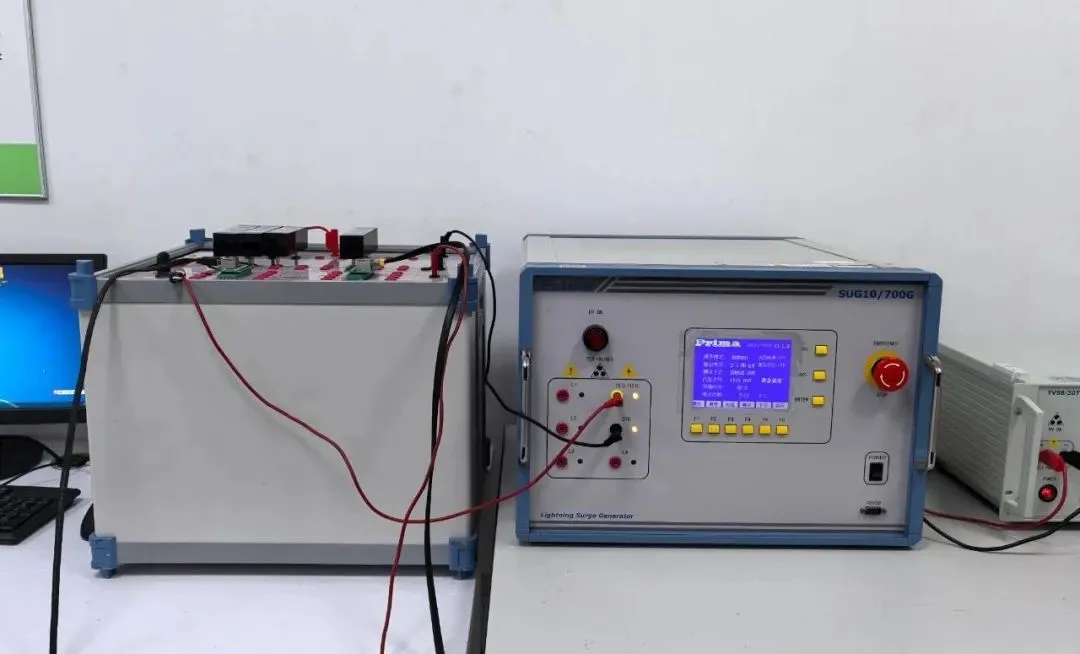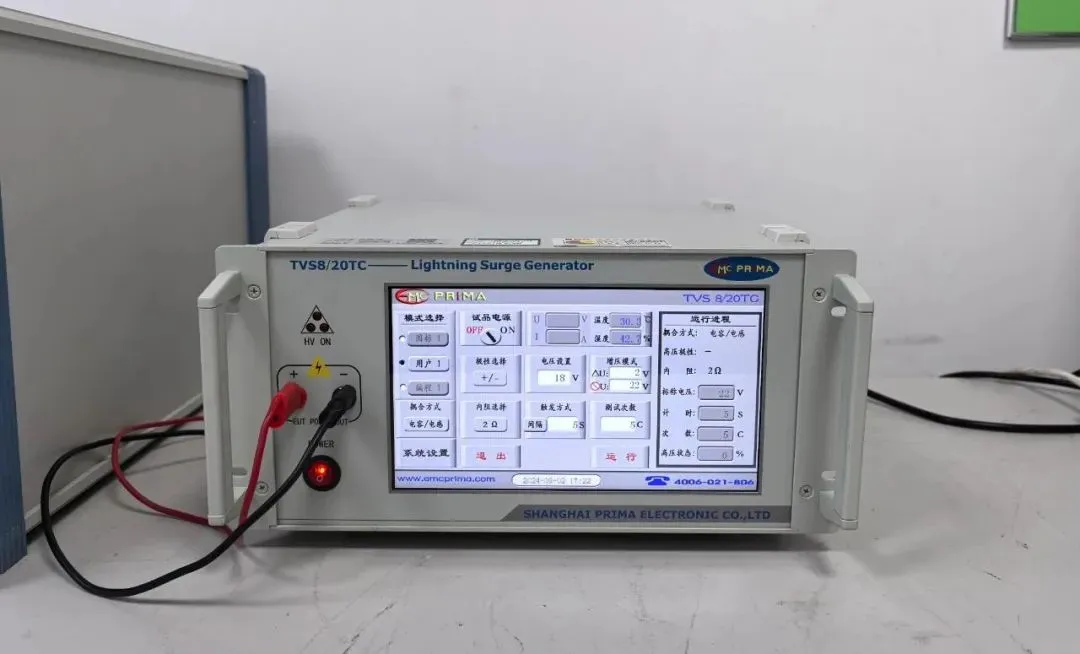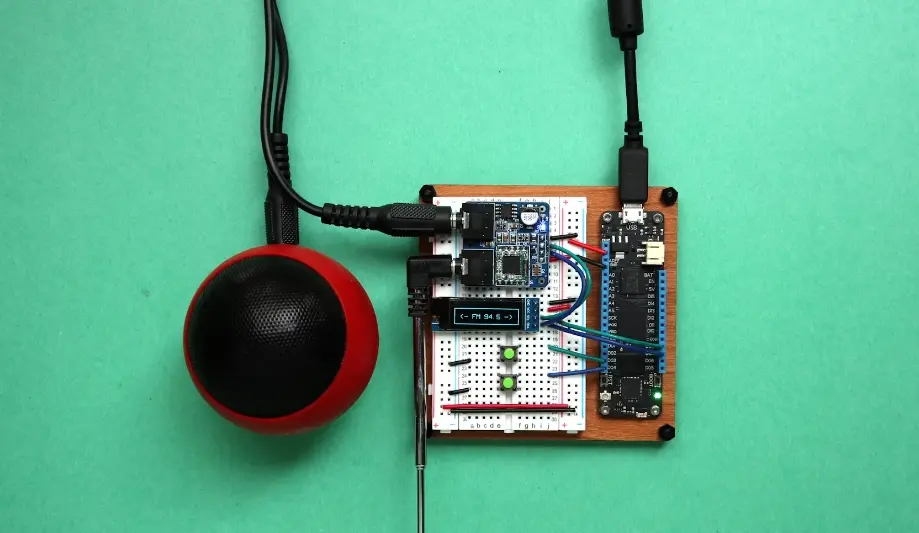
Smart Speaker Export Certifications for Europe and the U.S.
As a high-tech product integrating wireless communication and intelligent interaction functions, smart speakers must comply with multiple mandatory and recommended certifications when exporting to Europe and the U.S. JJR Testing Group, leveraging industry experience, has summarized the core certification requirements and implementation paths to help companies efficiently and compliantly expand into international markets.

Core Certification Requirements for the U.S. Market
FCC Certification (Mandatory)
FCC certification is regulated by the U.S. Federal Communications Commission. Smart speakers with wireless modules must comply with fcc part 15C standards, focusing on radiated emissions, conducted interference, and RF performance.
- fcc id Certification: Devices with Bluetooth or Wi-Fi modules must apply for a unique FCC ID, submit technical documentation (including circuit diagrams and product manuals), and pass TCB (Telecommunication Certification Body) review.
- sar test Exemption: Devices with power ≤10mW and a minimum operating distance ≥20cm from the human body may be exempt from Specific Absorption Rate (SAR) testing.
UL certification (Recommended)
UL 62368-1 is a safety standard for audio-video equipment, covering electrical insulation, temperature rise control, and material flame resistance testing. Special attention is given to heat dissipation design for high-power devices.
ENERGY STAR Certification (Voluntary)
Promoted by the U.S. Environmental Protection Agency (EPA), this energy efficiency certification requires smart speakers to meet power consumption standards in both standby and active modes, enhancing environmental competitiveness.
Core Certification Requirements for the European Market
CE certification (Mandatory)
CE certification is the cornerstone of EU market access and covers the following directives:
- RED Directive: Wireless devices (e.g., Bluetooth speakers) must pass EN 300328 RF testing to verify spectrum compliance and interference immunity.
- EMC Directive: According to EN 301 489-1/17 standards, electromagnetic compatibility is tested to ensure stable operation in complex environments.
- LVD Directive: Electrical safety is evaluated (e.g., leakage current, insulation resistance) under EN 62368-1.
- RoHS Directive: Restricts 10 hazardous substances, requiring material testing for casings, PCBs, and cables.
REACH & weee certifications (Environmental Requirements)
- REACH: Regulates 209 substances of very high concern (SVHC) to ensure chemical safety of materials.
- WEEE: Requires products to be labeled with recycling marks and provide guidance on environmentally friendly disposal, in compliance with EU circular economy regulations.
Common Certifications for Both Europe and the U.S. & Latest Trends
cb certification (International Recognition)
CB certification, based on IEC standards, simplifies multi-country certification processes. One test can be converted into local certificates in Europe and the U.S., suitable for multi-market deployment.
Environmental and Energy Efficiency Trends
- EPEAT Certification (U.S.): Evaluates product lifecycle environmental performance, including material recyclability and energy-efficient design.
- erp directive (EU): Requires eco-design compliance, such as standby power ≤0.5W.
Key Steps for Certification Implementation
Pre-Evaluation During Product Design
- Clarify target market differences: For example, additional wireless module tests for FCC in the U.S. and stricter RoHS substance control in the EU.
- Select compliant components: Prioritize UL or VDE-certified power modules and wireless chips to reduce later modification costs.
Testing and Documentation Preparation
- Testing focus: RF performance (e.g., Bluetooth transmission stability), heat dissipation of high-power devices, ESD immunity of touchscreens.
- Technical documentation: Must include circuit diagrams, Bill of Materials (BOM), and Declaration of Conformity (DoC). For the EU, additional submission of user manuals and risk assessment reports is required.
Laboratory Qualification
Partner laboratories must hold ILAC or IAS accreditation to ensure test reports are recognized by U.S. and EU authorities, avoiding redundant certification.
Email:hello@jjrlab.com
Write your message here and send it to us
 Canadian Rug Flammability Testing
Canadian Rug Flammability Testing
 Toy Flammability Test Compliance Certification
Toy Flammability Test Compliance Certification
 ISO 17025 Accredited Test Laboratory
ISO 17025 Accredited Test Laboratory
 What is Amazon California Proposition 65?
What is Amazon California Proposition 65?
 New METI Registration Regulations in Japan
New METI Registration Regulations in Japan
 Attention for Amazon Japan Sellers: New PSE Regula
Attention for Amazon Japan Sellers: New PSE Regula
 Compliance with Japanese Representative & METI
Compliance with Japanese Representative & METI
 ZigBee-LoRa-Z-Wave Product compliance testing
ZigBee-LoRa-Z-Wave Product compliance testing
Leave us a message
24-hour online customer service at any time to respond, so that you worry!




